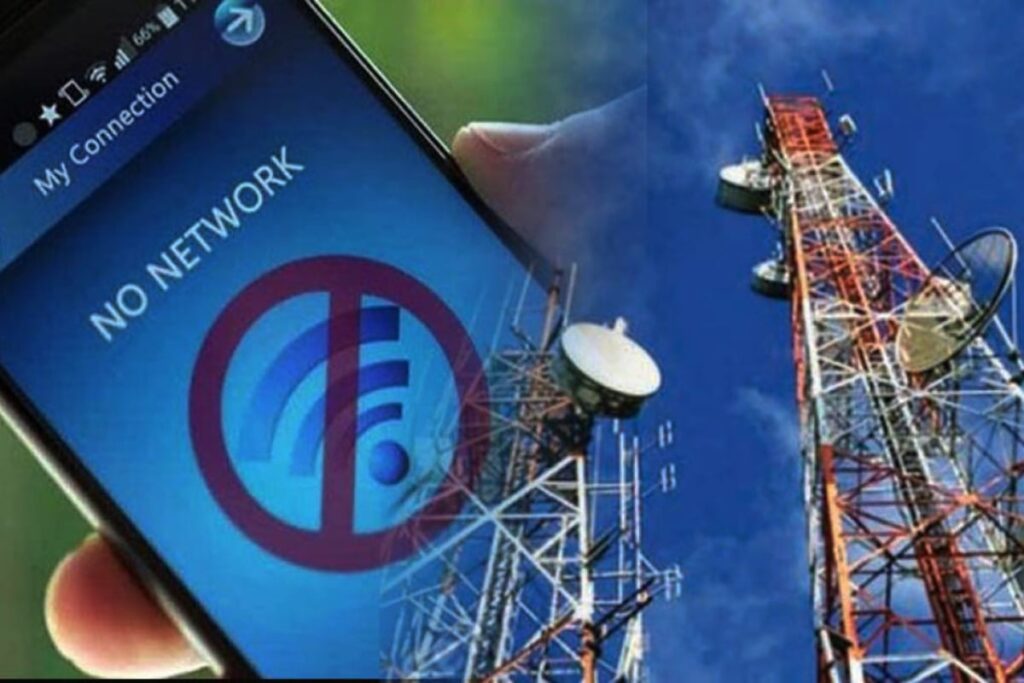Internet in Pakistan Slows Down to a Halt Amid Disruption
Late Tuesday night, internet in Pakistan slows down to a halt across multiple cities. Users reported timeouts, site loading failures, and high latency.
Service provider outage trackers showed a spike in complaints from customers of multiple ISPs. Many said services nearly stopped.
Cause: Upstream Provider Fault & Cable Damage
Nayatel confirmed that the disruption stems from a fault at one of its upstream providers. Their engineers are actively troubleshooting.
They estimated restoration by 1:15 a.m. once fixing completes.
Meanwhile, Pakistan already faces traffic pressure due to recent undersea cable cuts in the Red Sea region. These cuts forced routing through longer paths.
Industry experts identified the affected submarine systems as SMW4 and IMEWE, key cables in the Asia-Europe corridor. Repairing those may take 4 to 5 weeks.
How Users Are Affected
Many could not access popular websites or streaming platforms. Others saw repeated timeouts.
Some users tried temporary workarounds: changing DNS settings, using VPN to Europe, or switching to mobile data. These steps sometimes improved access slightly.
Still, specialists warn such fixes don’t restore full upstream bandwidth and only relieve symptoms.
Undersea Cable Cuts & Their Impact
Earlier in the month, damage to undersea cable links in the Red Sea region affected connectivity in Pakistan and neighboring nations. That damage intensified delays and reduced capacity.
Because traffic now travels via longer alternate routes, latency increased. The longer path also adds congestion, especially during peak hours.
While local networks remain intact, bottlenecks occur at upstream chokepoints.
Broader Context & Past Slowdowns
This is not the first time Pakistan has seen internet slowdowns tied to upstream faults or cable damage.
In 2024, Pakistan experienced prolonged internet loss with speculations of throttling or firewall deployment.
Then, many accused the government of deliberately throttling traffic to control dissent. However, authorities denied those claims, attributing slowdown to technical or infrastructure upgrades.
Similarly, recent slowdowns revived concerns of a national firewall or web management system that interferes with speed.
Official Responses & Denials
The IT Minister and other officials have attributed at least part of the disruption to submarine cable damage. They denied deliberate throttling.
Nayatel’s statement confirms that upstream provider failure triggered the slowdown.
No government ministry has yet provided full technical transparency on fault lines or total affected capacity.
Economic, Business & Social Impacts
Small businesses and freelancers relying on consistent connectivity faced serious disruption. Pitching to international clients or attending online calls became difficult.
IT exports, remote work gigs, e-commerce, and service providers suffered real downtime.
Digital services experienced hiccups, affecting download, upload, and streaming performance.
If slowdowns persist, the economy could feel drag—especially in sectors dependent on stable connectivity.
What Could Help & Mitigation Steps
ISPs and users can mitigate partial effects by temporarily rerouting traffic via alternative paths or VPNs.
Upstream providers must fix the fault quickly. Repair of the undersea cables (SMW4, IMEWE) is critical to restore full capacity.
Regulators should coordinate with international cable operators. Transparency in restoration timelines will reduce uncertainty.
Meanwhile, infrastructure enhancement and redundancy planning must be accelerated.
Risk of Recurrence & Infrastructure Weaknesses
Given the 4- to 5-week repair estimate, recurring bottlenecks may occur during peak times even after partial restoration.
Pakistan’s dependence on international cable links exposes its networks to upstream failures.
Lack of alternate routes or redundant capacity makes the nation vulnerable to single point failures.
Future events—storms, sabotage, maintenance—could trigger similar outages.
Conclusion
The abrupt slowdown of internet in Pakistan slows down to a halt underlines the fragility of connectivity infrastructure.
While the immediate cause lies in an upstream provider fault, undersea cable vulnerabilities amplified the impact.
Users, businesses, and service providers now await full restoration. This event highlights the urgent need for redundancy, transparency, and resilience planning.
Pakistan must strengthen its telecom backbone to prevent repeat disruptions.







